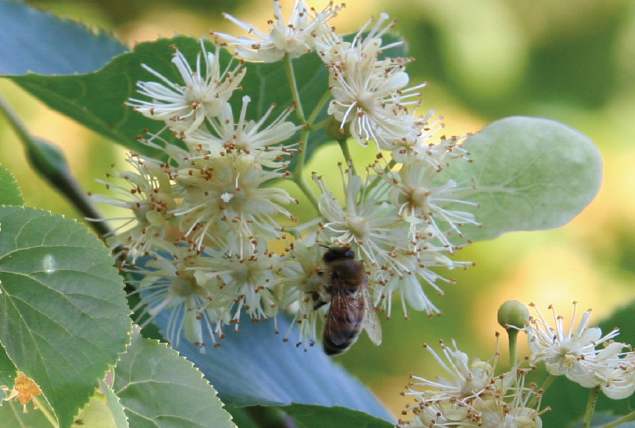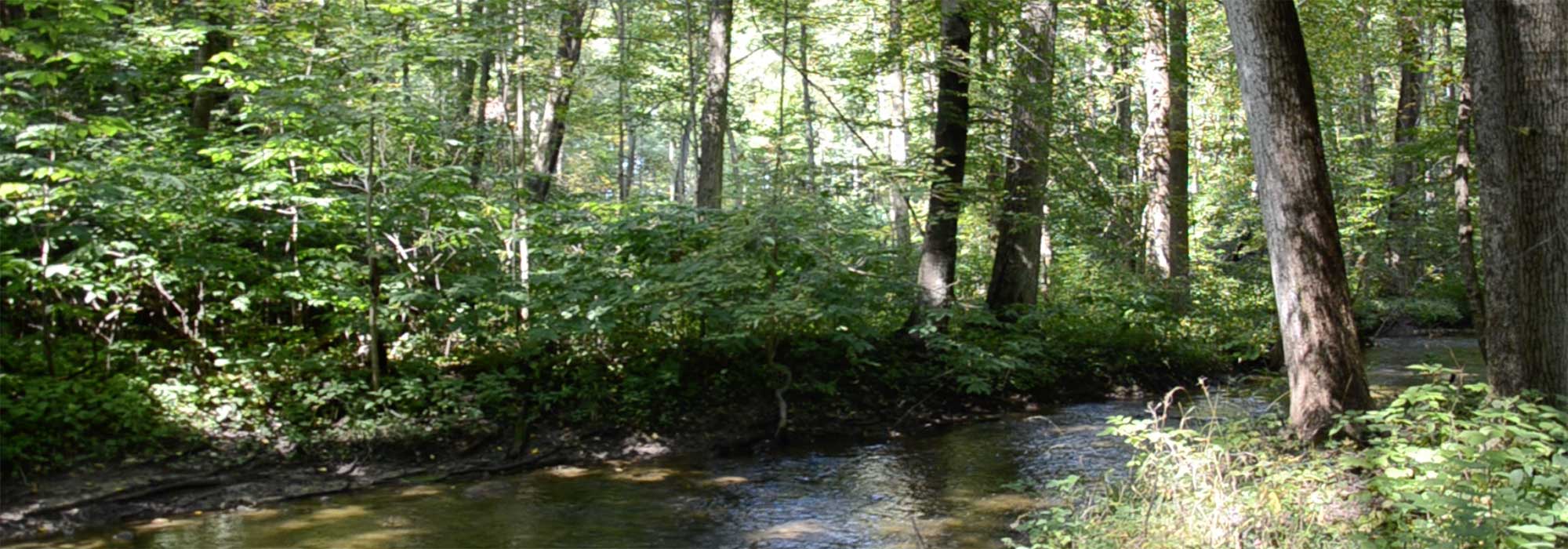Quality, Service, & Forest Stewardship for Over 100 years!
Pike News
Bees and Basswood Trees

During spring, the silent flowering Basswood tree commonly goes unnoticed to us, but not to the bees. Basswood produces fragrant, yellow flowers that dangle precariously underneath the heart shaped leaves. Basswood trees, which bloom during May and July, produce prolific amounts of nectar that is favored by wandering bees. Bees also help pollinate important crops such as apples, squash, and pumpkins. When bees are abundant, the beekeepers are busy tending hives and harvesting the light, delicious honey.
Basswood’s fall seed crop feeds wildlife such as mice, squirrels, and chipmunks as they prepare for winter. During winter, deer and rabbits rely heavily on its tender seedlings and stump sprouts for food and cover. In the latter part of their life, Basswood trees often hollow out, creating new spaces for bee hives and bird nests.
It is advised to selectively open gaps in the dense forest canopy to allow seedlings and saplings underneath to receive light and grow into healthy Basswood trees. With this light, the next generation of your forest can vigorously grow into the strong flowering trees of tomorrow.

